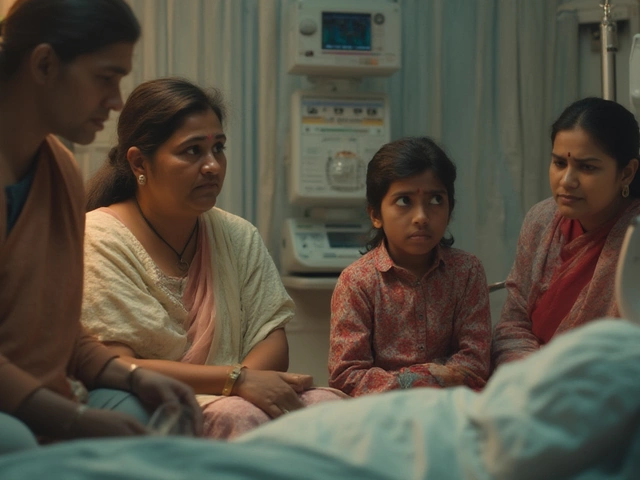Most Painful Cancer Treatment: What Happens and How to Handle It
Facing cancer is scary enough; the pain that comes with some treatments can feel like another battle. Knowing which therapies usually cause the most discomfort lets you prepare, ask the right questions, and find ways to stay as comfortable as possible.
In many cases, the pain isn’t just physical. It can be a mix of sharp aches, burning sensations, nausea, and emotional strain. Below we break down the treatments that most people label as “the worst” and share practical steps you can take right now.
Why Some Cancer Treatments Hurt More Than Others
Chemo drugs attack fast‑growing cells, and that includes healthy cells in your gut, hair follicles, and bone marrow. When those cells are damaged, you get mouth sores, sore throats, and intense nausea. Radiation can scorch skin and cause deep, aching muscle pain, especially when the target area is near bone.
High‑dose chemo combined with radiation (often called chemoradiation) tops the pain chart because you’re essentially hitting the same spot with two aggressive attacks. Surgery, especially for tumors near nerves or joints, adds another layer of post‑op pain that can linger for weeks.
Commonly Cited Painful Treatments and What to Expect
1. Stem‑cell transplants – The conditioning regimen before the transplant uses ultra‑high‑dose chemo and sometimes total body radiation. Patients describe it as “the worst flu ever” with severe nausea, vomiting, and a constant feeling of fatigue.
2. High‑dose melphalan or busulfan – These drugs are used for multiple myeloma and certain leukemias. They cause painful mouth ulcers, skin rashes, and a burning sensation in the intestines.
3. Pelvic radiation – Targeting prostate, cervical, or colorectal cancers can lead to a burning feeling in the bladder and rectum, plus cramping that mimics kidney stones.
4. Head‑and‑neck radiation – The skin on the neck often turns red and peels, while the throat becomes raw. Swallowing can be painful for weeks.
5. Spinal surgery for tumor removal – Even after the incision heals, patients can feel chronic nerve pain that radiates down the limbs.
These are the big hitters, but remember: pain is personal. What’s unbearable for one person might be tolerable for another.
Tips to Reduce the Pain
Talk to your team early. Ask about anti‑nausea meds, mouth‑wash recipes, and nerve‑block procedures before the treatment starts. Getting a plan in place beats reactive fixes.
Stay hydrated. Fluids help flush chemo out of your system and keep mucous membranes moist, lessening ulcer risk.
Use cold caps or oral cryotherapy. Applying cold to the scalp or mouth during chemo can shrink blood vessels and reduce drug exposure to those areas, cutting down sore spots.
Mind‑body techniques. Simple breathing exercises, guided imagery, or short walks can lower stress hormones that amplify pain signals.
Proper skin care. For radiation, gentle cleaning with mild soap and a fragrance‑free moisturizer keeps the skin from cracking.
Ask about pain blocks. If nerve pain becomes a problem, a doctor can inject a local anesthetic near the affected nerve to give you weeks of relief.
All these steps work best when you involve a caregiver or a support person who can remind you to take meds on schedule and keep track of side‑effects.
Every cancer journey is unique, but knowing which treatments tend to hurt the most and having a toolbox of coping strategies can turn a scary experience into something you feel more in control of. If you or a loved one is about to start a therapy that sounds painful, bring these points to your oncology team—you deserve a plan that eases the hurt as much as possible.

Most Painful Cancer Treatments: What Hurts the Most and Why
Explore what makes certain cancer treatments so unbearably painful, learn which therapies hurt the most, and how patients manage through the toughest side effects.




